Cheap, strong and widely available in plastic two-litre bottles, it’s easy to see why so-called ‘white cider’ is frequently the weapon of choice for problem drinkers.
Speaking in 2011, then CEO of homelessness charity Thames Reach Jeremy Swain compared addicted drinkers piercing cans so they can down the contents as quickly as possible to the actions of a heroin addict injecting into the groin “because it produces the fastest effect”.
This is why white cider comes under fire from temperance campaigners arguing for alcohol duty reform. The anti-booze lobby was out in force over the weekend, accusing supermarkets of exploiting a tax loophole and flogging cider to vulnerable consumers at “pocket-money prices”.
Alcohol Change UK (ACUK) argued that the cheap alcohol damages the health of poorer consumers, further stretching NHS and police resources, and contributes to the societal scourge of harmful drinking,
So, what exactly is the cider tax loophole, how much of a problem does white cider pose, and what’s to be done about it?
‘Cider exceptionalism’
Cider has traditionally been taxed at a lower rate than beer to help support the UK’s apple industry. Under the current alcohol duty rates, cider between 3.5% and 8.5% abv is only taxed at £10.02 per litre of pure alcohol – compared to the £21.78 per litre rate applied to beer.
Suppliers and retailers were taking advantage of this benefit – termed “cider exceptionalism” by its critics – to produce and sell cider at low prices, argued ACUK.
Thanks to cider exceptionalism, the cheapest 4% abv ciders on sale in Tesco in the UK and Northern Ireland now cost the same on a per-litre basis as non-alcoholic apple juice, it said. Meanwhile, prices of high-strength ciders like Frosty Jack’s (7.5% abv) had barely eked up since 2020, despite inflation running at over 25% over that time.
“Big producers knock up a deadly product with just enough concentrated apple to legally call it cider – and pocket the tax breaks,” said Ash Singleton, Alcohol Change UK’s director of research and public affairs. “Supermarkets drive the demand, stocking it high to flog at pocket-money prices.”
Although major supermarkets like Tesco and Sainsbury’s have ditched super-strength ciders in recent years, these products remained widely available in discounters and outlets such as B&M and Iceland, Singleton pointed out.
“From unsafe streets to NHS pressure and early deaths, working-class neighbourhoods bear the brunt of this irresponsible profit racket left by the last government,” he added.
The health and social cost of ‘white cider’
ACUK is right to highlight the harmful and disproportionate impact alcohol-related harm has on lower-income communities.
Despite drinking less on average than people on higher incomes, people living in deprived areas are more likely to experience an alcohol-related hospital visit or die of an alcohol-related cause. It’s a phenomenon that prompted Scotland to become the first country in the world to introduce minimum unit pricing in 2018 (Wales followed suit in 2020).
Before MUP was introduced, a two-and-a-half litre bottle of 7.5% abv cider – containing a frightening 18.8 units of alcohol – could be bought for under £3. Now, the same bottle cannot be sold for less than £12.18.
According to a report from Public Health Scotland in June 2023, there have been 13.4% fewer alcohol-related deaths and 4.1% fewer hospital admissions in Scotland than would have happened without the policy.
Copying the legislation in England and Northern Ireland could, therefore, help to tackle the problem of white cider. ACUK has long campaigned for MUP in England, arguing it has been proven to save lives and reduce alcohol-related harm.
MUP is a ‘blunt instrument’
Critics however, argue that MUP is too blunt an instrument, risks the livelihoods of the circa 800,000 people working in the UK alcoholic drinks industry, and penalises moderate drinkers. Mimicking Scotland’s policy would mean a bottle of whisky could not be sold for less than £18.20, a typical bottle of red wine for less than £6.09, and a can of 4% abv lager would cost a minimum of £1.30.
At a time where the booze industry remains under significant cost pressures, further price hikes will have a significant impact.
Given that cider above 6% abv represents just one in every seven ciders sold in the UK [Public Health England] and only a fraction of the £25bn UK off-trade alcohol market, MUP feels like a disproportionate response to the problem.
Perhaps in light of this potential backlash, ACUK focused on advocating for an end to cider exceptionalism. The tax loophole, it said, allowed “multinational companies to cash in on reliefs meant for genuine, small UK-based cidermakers”.
But ending cider’s preferential tax treatment would do nothing to aid those smaller producers. Large multinationals would doubtless grumble about losing the benefit, but be able to shoulder the cost. The same cannot be said for smaller cidermakers like Red Fin, which made its debut in Waitrose in March.
Raising cider tax would make it “prohibitively harder” for the supplier to compete with multinationals like Heineken and Kopparberg, says co-founder Dave Tugwell, with “really good-quality ciders that are stronger but don’t encourage bad behaviour” also being unfairly penalised.
“I don’t think it would be a good thing for quality, and the end consumer will end up paying more for potentially an inferior-quality product,” he adds.
The ‘minimum juice content’ solution?
An alternative, healthier solution – which would also protect cider’s heritage and promote artisanal producers – could be to raise the legal minimum juice content (MJC) for cider.
Currently, cider must contain a minimum of 35% apple juice. This has led some cidermakers to add sugar prior to fermentation in order to make a higher abv cider from a smaller volume of juice.
The low juice content of some more mainstream ciders is “the key facilitator of the reputational challenges that cider faces”, according to cider expert and author Gabe Cook.
Writing for CAMRA, Cook advocates for a 50% MJC for cider. Setting the juice content at such a level would improve value perception of the drink, while also allowing consumers to be “confident the cider they are purchasing is guaranteed to be more apple juice than water” he says. It would also support rural employment and “provide a renewed demand for the several thousand acres of orchards bearing tannin-rich apples that are currently at threat due to a lack of demand”.
Meanwhile, white cidermakers would be forced to reformulate, increasing prices or reducing the abv of their drinks to offset the costs of higher ingredients.
Alongside targeted funding to help support addicts, this could help finally crush the blight of white cider without the need to pile further tax misery on already struggling suppliers.





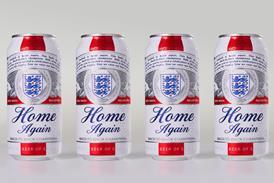

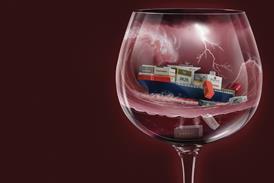
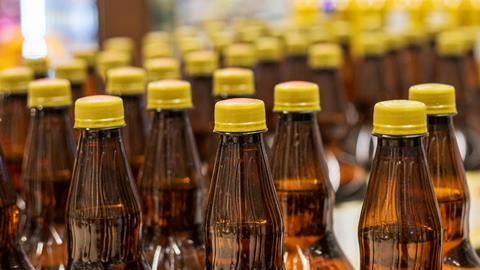



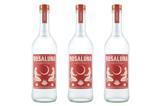

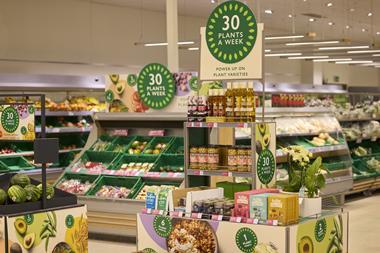

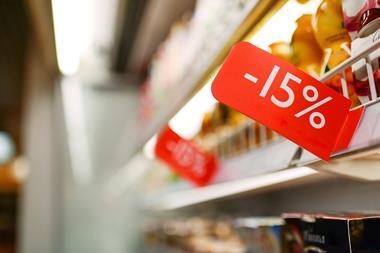





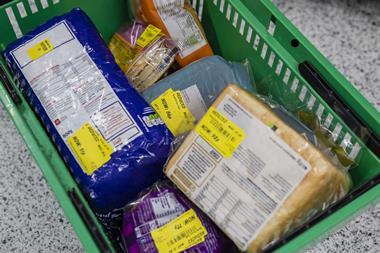
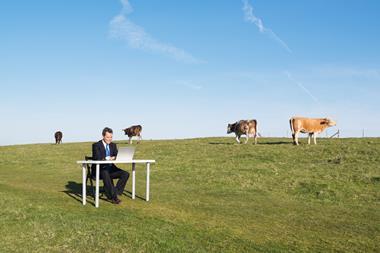

No comments yet